Quantum Information
One of the defining features of quantum mechanics is the Heisenberg Uncertainty Principle, which imposes unbreakable limits on our knowledge of reality. Despite these restrictions, quantum mechanical particles can do amazing things like exist at two different locations at the same time. Quantum information science aims to explore the nature of information at the quantum level, a world in which bits can be both zero and one at the same time and perfect copying is impossible.
At the practical level, quantum information powers forms of secure communication that are provably impossible in a “classical” world. Likewise, an intrinsically quantum-mechanical computer could efficiently solve problems that are intractable for any computer of more traditional design, the most notorious example being that a quantum computer could crack most of the codes used to secure the internet.
Quantum information researchers at SITP have played an important role in the development of the basic theory of quantum communication. They continue to search for better ways to protect quantum computers from noise and communications from prying eavesdroppers. A unique feature of the quantum information group at SITP, however, is its close integration and participation in research on quantum gravity and black holes. Stanford is at the forefront of exploring the role of quantum entanglement to the geometry of space, the importance of quantum error correction in black hole evaporation, and even the relevance of computational complexity to stability of space.
Video Briefs
When Shannon formulated his groundbreaking theory of information in 1948, he did not know what…
Professor Patrick Hayden of the Stanford Institute for Theoretical Physics (SITP) introduces the…
Professor Patrick Hayden of the Stanford Institute for Theoretical Physics (SITP) introduces the…
Related News
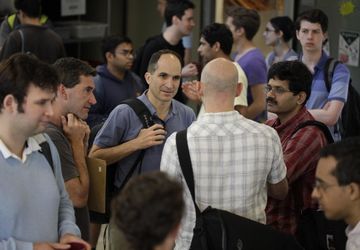
Researchers chat during a coffee break at the It From Qubit summer school
Photo: JB Park, Perimeter Institute
The first It From Qubit collaboration workshop and summer school was held at the Perimeter Institute in Waterloo, Canada in July, 2016…
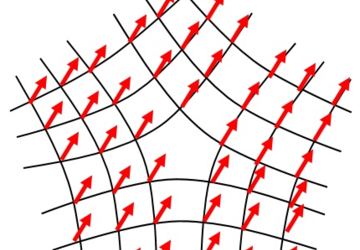
Tensor networks provide toy models which explicitly realize many puzzling features of AdS/CFT correspondence, and…
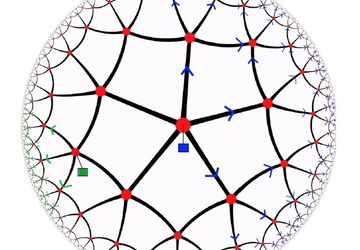
The Simons Foundation is pleased to announce the establishment of two Simons Collaborations in Mathematics and the Physical Sciences:…
Related Events
ER = EPR is a shorthand that joins two ideas proposed by Einstein in 1935. One involved the paradox implied by what he called “spooky action at a distance” between quantum particles (the EPR paradox, named for its authors, Einstein, Boris…
ER = EPR is a shorthand that joins two ideas proposed by Einstein in 1935. One involved the paradox implied by what he called “spooky action at a distance” between quantum particles (the EPR paradox, named for its authors, Einstein, Boris…
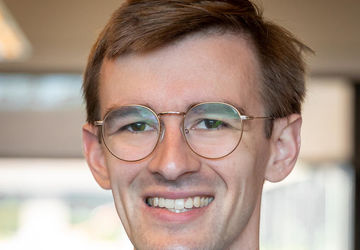
I will discuss the quantization of one of the simplest theories of gravity, three-dimensional Einstein gravity with negative cosmological constant. In particular I will describe a precise reformulation of AdS_3 quantum gravity in terms of a novel…

It has recently been shown that any Euclidean gravitational path integral satisfying a simple set of axioms defines type I von Neumann algebras of bulk observables acting on compact closed codimension-2 asymptotic boundaries. These axioms imply…

We investigate a new approach to holography in asymptotically AdS spacetimes, in which time rather than space is the emergent dimension. By making a sufficiently large T^2-deformation of a Euclidean CFT, we define a holographic theory that lives…
Brian Swingle of the Stanford Institute for Theoretical Physics discusses the latest research in Black Hole complexity and computational power at the 2015 SITP Templeton Conference.

In this talk, I will first describe work on 3d quantum gravity with two asymptotically AdS regions, in particular, using its relation with coupled Alekseev-Shatashvili theories and Liouville theory. Expressions for the Hartle-Hawking…
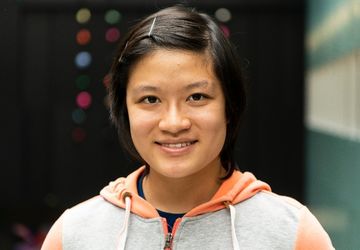
In this talk, I will first describe on obtaining a microcanonical thermofield double state at fixed energy and angular momentum from the gravitational path integral. The corresponding boundary value problem and gravitational action are analyzed.…
Sandu Popescu discusses multipartite entanglement with the It From Qubit Simons Collaboration team at the Stanford Institute for Theoretical Physics.